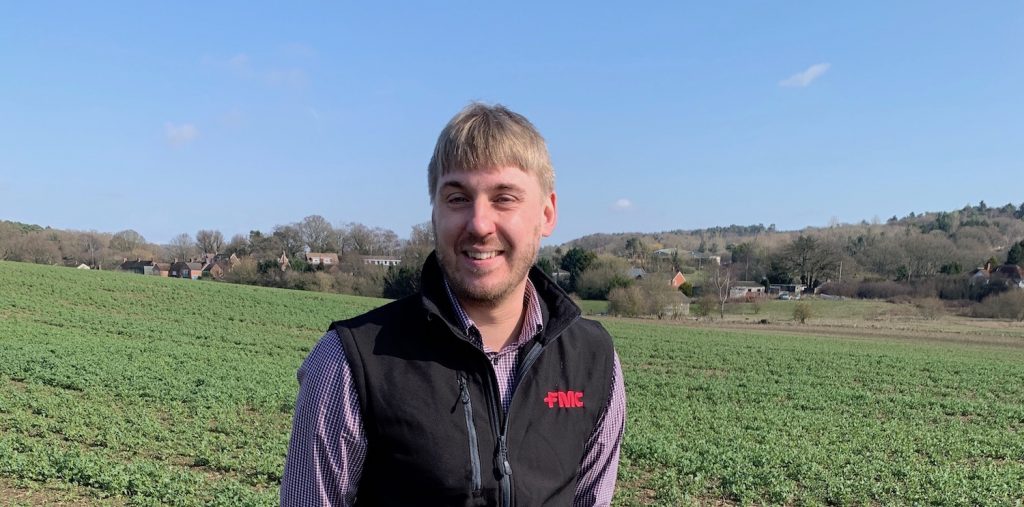Tissue test crops ahead of winter
27th September 2020
Tissue testing crops is generally done in the spring, but FMC crop nutrition specialist, Chris Bond, calls for growers to consider its value this side of winter.

Tissue testing crops is generally done in the spring, but FMC crop nutrition specialist, Chris Bond (pictured), calls for growers to consider its value this side of winter.
“Following the turbulent weather throughout this year, it’s likely we’ll see soils lacking in nutrients that we aren’t used to seeing deficiencies in,” says Chris.
“So, combining both soil sampling and tissue testing ahead of winter means growers can get the full picture of what’s in their soil and available to the plant.
“For example, magnesium is the most leachable large cation, meaning most soils will be lacking, after this year’s wet weather,” he says.
“Our combined tissue sample results have shown that over the past three years magnesium levels in UK cereal crops have been consistently low, with 68 per cent of samples in 2018 showing magnesium deficiency and 74 per cent in 2020.”
Chris adds it is not just about what the soil is lacking but how different factors can affect the uptake of certain nutrients, meaning that crops can be deficient even when the nutrients are present.
“The weather, soil conditions, water levels, soil temperatures and even the relationships between nutrients themselves can all have an impact on the plant’s ability to take up key nutrients.
“For example, potassium and calcium can inhibit a plant’s uptake of magnesium, so if you have soils high in these, this could be an issue,” he explains.
“Tissue testing, however, can allow growers to see if these issues are occurring and give an accurate picture of what the plant has access to.”
Based on this, Chris recommends taking samples from crops at the three-leaf stage and onwards and sending these off for tissue testing.
“Once you have the results, bespoke foliar applications are the best way to correct any deficiencies in-season,” he says.
“This year has posed some serious challenges already for growers. To get accurate information to help make sure crops have the best start, combining both soil sampling and tissue testing, then correcting any deficiencies with foliar feeds, will be the key to success,” concludes Chris.
